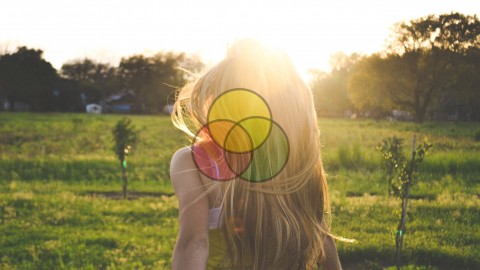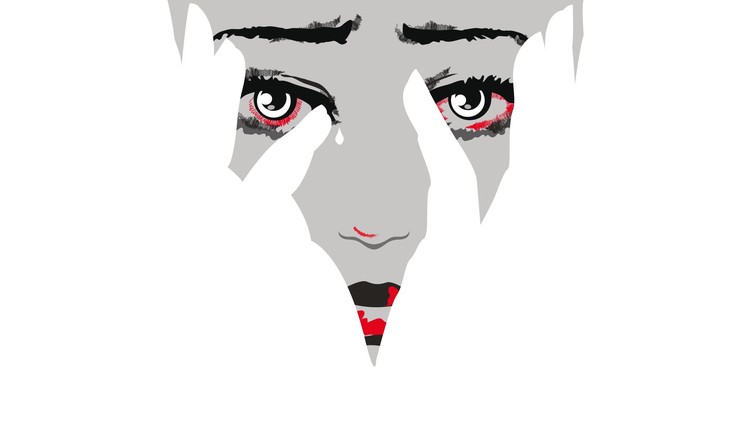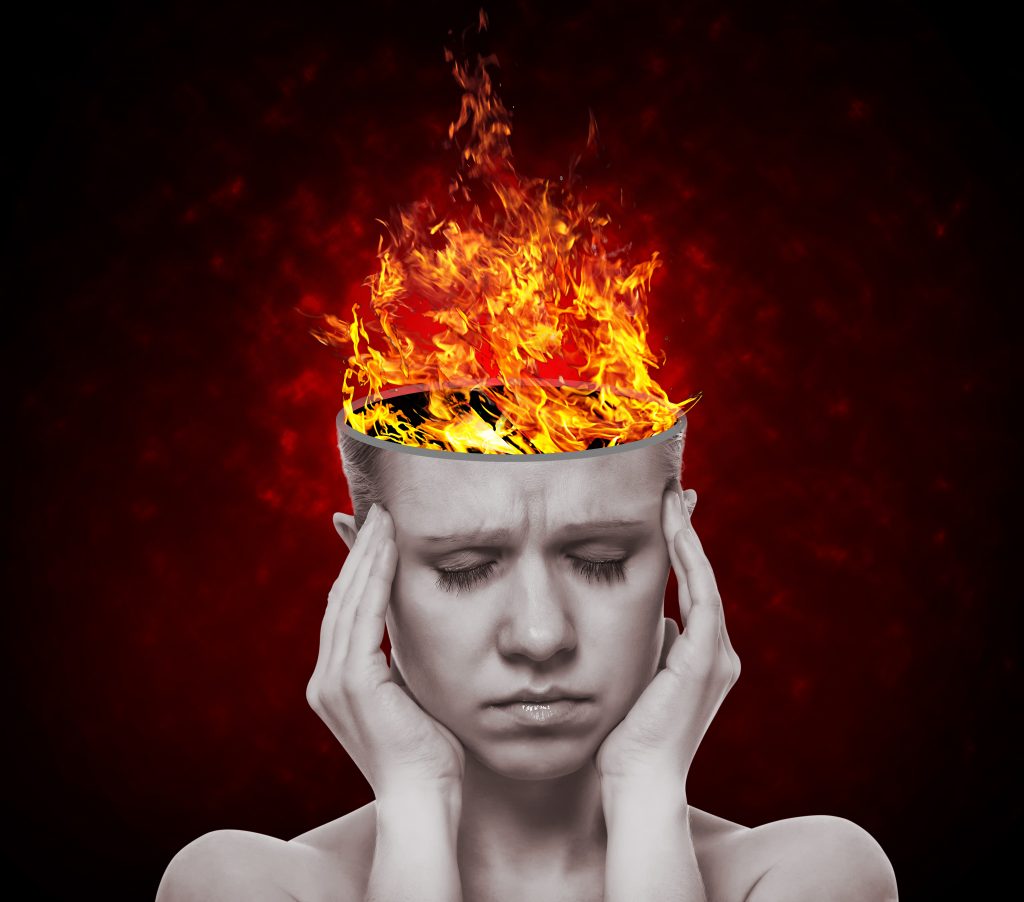Earth Day 2013 is a good time to reflect on how problems in our mental health system reflect deep flaws in “normal” conceptions of what it means to be a human being. These flawed conceptions then contribute in a critical way to the climate crisis that threatens us all.
In noticing the connection between flawed ideas about “normality” and the environmental crisis that threatens to bring down our civilization, I’m following in the footsteps of David Oaks, director of MindFreedom, who would likely be writing about this himself if he wasn’t too busy working in rehab, trying to get back functioning after breaking his neck last December. (By the way, MindFreedom really needs donations right now to take it through a period of financial crisis: read why here , or go to http://www.mindfreedom.org/join-donate to make donations.)
A key problem is that within most of the mental health system, individuals are seen as healthy when they “fit in” or adjust to the overall society. To the extent that they don’t adjust, they are seen as “having issues,” and those most out of adjustment are seen as “psychotic.”
At times, it seems to make sense to look at things this way: adjustment seems to solve problems, and not fitting in, or being maladjusted, gets in the way of solving them. People who are severely maladjusted may endanger their own lives or those of others.
Unfortunately, humanity is finding out that in the absence of wisdom, people can fit in with each other and be socially “well adjusted” and yet be causing catastrophic problems, such as by undermining the health of the ecosystems they live within and depend on for survival. Or, as David Oaks likes to put it, “normal people are destroying the planet!”
R.D. Laing once said “It is of fundamental importance not to make the positivist mistake of assuming that because a group’s members are in formation this means that they’re necessarily on course.” Of course, those who break from formation are not necessarily on course either, but if the crowd is heading over a cliff, it is important at some point to break away and start experimenting with other directions. Unfortunately, in our society, young people who experience trouble while they experiment with new directions are simply labeled as “ill” and are seen as in need of being drugged back to some semblance of what is “normal” within the culture, even though the culture itself is headed straight for environmental catastrophe.
It seems we need a more complex idea about what constitutes health, and sickness. I think the notion of “creative maladjustment” as described in Sophie Faught’s previous Mad in America post, “Taking Martin Luther King Jr’s Call For Creative Maladjustment Seriously” is exactly what we need as the foundation for a definition of “mental health” that would lead us towards both a functional mental health system and a functional society.
There seems to be little question that being maladjusted to something that is healthy is problematic. So for example the person who has healthy food but thinks it is all poisoned will have difficulties. But being adjusted to something that is not healthy is also problematic, and can be a much bigger problem. The notion of “creative maladjustment” addresses both sides of this dilemma, suggesting the use of creative discretion in when and how to be maladjusted, rather than either supporting either blind conformity and adjustment, or reckless and undiscriminating maladjustment.
When mental health workers become able to recognize the possible value of maladjustment, they become less sure they have complete answers, and become able to relate to those they intend to help from a position of being fellow human beings searching for positive approaches to life rather than from a role of being authorities in what it means to be “sane.” Mental health workers who recognize the value of searching, and of being maladjusted, can see possible value in “mad” experiences, and can connect on a peer level even when they are relating to people who have experiences that are very different from their own. Being able to connect in this way is, I think, a precondition to being able to be genuinely helpful.
Of course, if one talks about seeing something positive in psychotic experiences, one can expect to be accused of “romanticizing madness.” But somehow, those who worry that people will go too far in seeing something positive in mad experience never worry about the opposite, the possibility that people will “awfulize” madness, that they will see only the negative in it, and so will increase fear of madness and mental health stigma. (It’s actually pretty bizarre that our mental health system will work so hard to convince people that mad experience is nothing but bad, and then turns around and tries to run “anti-stigma campaigns”!)
Recognizing “creative maladjustment” as a better definition of mental health allows mental health workers to honor the spirit of mad rebellion as being of potential value, even if not every manifestation of that spirit is helpful, and even if some manifestations can be highly dangerous! Young people need to know that their efforts to be maladjusted to much of what is going on makes sense, even as they also need to know that it typically takes work and reflection to refine that maladjustment into something that is usefully creative.
Another part of making maladjustment creative is finding ways to come together with others in carrying it out. This need to reconnect with others can seem paradoxical, because there is always the danger that if one connects too much, one will be right back “in formation” with a dysfunctional way of being organized, and a dysfunctional society! The trick is to find a way to be autonomous enough to find a direction based on something deeper than just fitting in or being normal, while also being connected enough to cooperate with others in getting support and in sharing ideas and perspectives. This is much easier to do when the culture, or at least a subculture, supports the idea of something like creative maladjustment.
When I was an alienated young man, it helped me greatly to find others who were maladjusted in their own ways and to find that we could work together in ways that were a lot of fun! It was extremely helpful for us to support each other’s ability to move and create independently, even when the creativity was more silly than serious. A long time friend of mine, John Law, coauthored a book coming out in May on the Cacophony Society, an organization closely related to the Suicide Club, which was the group he and participated in together back in the 1970’s. For me, it was the coordinated maladjustment in the events we created that helped me reconnect with the larger world, and I think we need to give greater recognition to the value of such ways of connecting.
MindFreedom’s current promotion of a “Creative Maladjustment Week” can be seen as just one small step toward the creation of a new ideal in our culture, the ideal of always aiming to be maladjusted toward what is destructive, rather than the flawed idea of mental health as “adjustment.” Communicating the ideal of creative maladjustment to the public can also be a way of increasing awareness about how the process of being “mad” may be part of exploration toward new ways of being, with some of those new ways being possibly that which may ultimately save us from catastrophe.
It will be of little long term use to reform society and the mental health system if the ecological crisis then completely undermines civilization, leading to massive famine, die offs, migrations and wars. Any mental health reforms would likely get lost in the chaos. But I believe mental health reform is still worth working toward at this point, because changing the aim of mental health work, from adjustment to creative maladjustment, could shift the mental health system toward actually supporting exploration in new ways of thinking and being instead of always attempting to suppress it. We need such exploration at this time more than perhaps any other.
I also want to point out that a key part of creative maladjustment is balancing personal fun, joy, and humor with activism and attention to the larger realities. E.B. White is famous for having said ““I get up every morning determined to both change the world and have one hell of a good time. Sometimes this makes planning my day difficult.” David Oaks helped me learn how to approach life this way, and I think it is key to being an activist and not burning out. It is true that finding the balance can be difficult, but each step of the way can also be incredibly rewarding, and every other way of being in the world makes a lot less sense.
I’m hoping in the near future to write about how to create public events or spectacles that communicate to the public both about the role of creative maladjustment in cultural evolution and renewal, and about the vital necessity of doing something different before the climate crisis escalates into something that kills most all our possibilities.
Till then, I hope you persist in your own forms of creative maladjustment, and in connecting with others on that wavelength, and I also hope that you support MindFreedom International in continuing to do its work of linking together groups all over the planet which working to support people’s access to human rights and to creative maladjustment. Like I said earlier, it is a tricky period financially for MindFreedom as it copes with David being in rehab, but it’s vital we keep this group going that has done so much for keeping these issues alive all over the world. Again, you can read why here , or go to http://www.mindfreedom.org/join-donate to make donations.
Thanks for all that you do to support mental health reform, creative maladjustment, groups like MindFreedom, and all the actions you take in support of insuring a future for the human race on this beautiful planet of ours!



